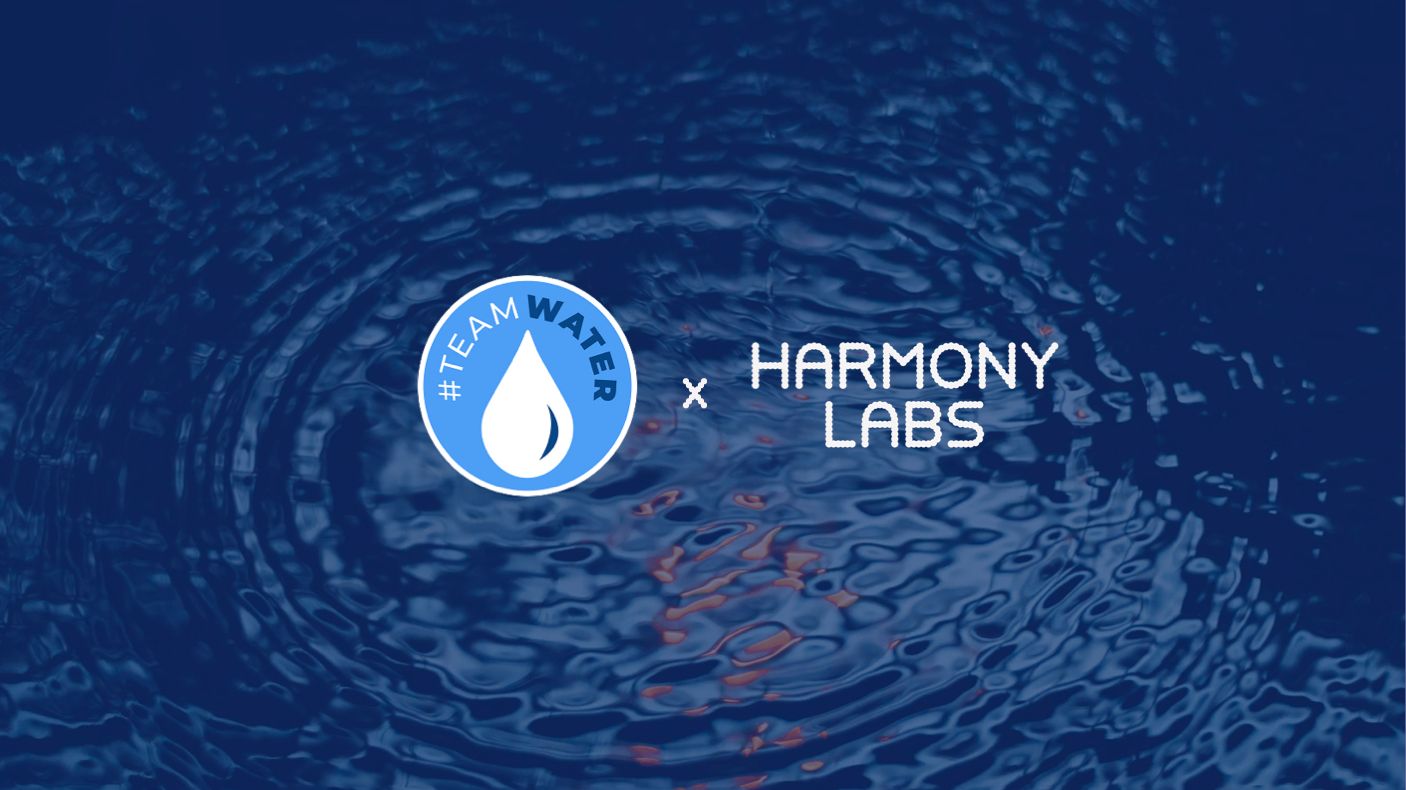Four Principles For Building Power in Media


2021-03-26
For the past year at Harmony Labs, we’ve been examining the media consumption of four values-based audiences to identify and track the narratives about poverty and economic mobility they interact with daily, across news, entertainment, music, and social media. Here are four findings, suggested by our first-generation models.

This insight sometimes shows up in the literature on class and poverty narratives as an observation about media reflecting upper class values and fascinations. See, for instance, the first chapter of Diana Kendall’s 2011 study on class in American media. It also shows up in the news when journalists comment on their own lack of coverage, as in this 2013 opinion piece from The Guardian. But these stories and this literature can, at times, give the impression that poverty and economic mobility narratives hold a prominent place in people’s daily media diets. In fact, we recently estimated that, across social media, online news, and television, people in the U.S. only spend, on average, about 2 minutes per day engaging with this content. We can frame this in terms of content production too: of all the online news content produced last year that Americans actually engaged with, about 14% touched on poverty and economic mobility, and that may be higher than usual, due to the economic hardships of a pandemic year. Coming to terms with low salience is important for any strategy seeking to shift narratives around poverty and economic mobility.
Of all the minutes people spend with poverty and economic mobility content daily, on average 91% occur within news. This means news media are the leverage point for evolving poverty and economic mobility narratives, since news is the ground from which these narratives most often arise. Of course it also means there’s only room for growth in the volume of poverty and economic mobility content people consume in entertainment!
 On average 11% of the content people engage with across television and online news reinforces The Grind narrative, for example, which is similar to Twitter’s 9%; whereas a whopping 33% of television entertainment and 89% of music reinforce The Grind. In the literature on class and poverty narratives, descriptive analyses of narratives are often followed by narrative recommendations for activists and advocates, as FrameWorks Institute notes in a forthcoming white paper. So many of these recommendations are presented as generally applicable, across media types. But media type matters with respect to narrative. Different types of media afford different types of stories, giving rise to different narrative structures. It is no surprise that media affording primarily character-driven stories, for example, focus more on the daily quest of people experiencing poverty to “touch new money” chronicled in The Grind. The USC Norman Lear Center has laid a groundwork for developing media-specific story-telling strategies with their recent qualitative analysis of poverty narratives in television and film, music, and games.
On average 11% of the content people engage with across television and online news reinforces The Grind narrative, for example, which is similar to Twitter’s 9%; whereas a whopping 33% of television entertainment and 89% of music reinforce The Grind. In the literature on class and poverty narratives, descriptive analyses of narratives are often followed by narrative recommendations for activists and advocates, as FrameWorks Institute notes in a forthcoming white paper. So many of these recommendations are presented as generally applicable, across media types. But media type matters with respect to narrative. Different types of media afford different types of stories, giving rise to different narrative structures. It is no surprise that media affording primarily character-driven stories, for example, focus more on the daily quest of people experiencing poverty to “touch new money” chronicled in The Grind. The USC Norman Lear Center has laid a groundwork for developing media-specific story-telling strategies with their recent qualitative analysis of poverty narratives in television and film, music, and games.
Here we’re including content that participates in the Vote for X, Capital & iLabor, and Safety Net narratives, which center on political, economic, and governmental systems, and the people who pull these systems’ levers. If people experiencing poverty show up at all, they tend to show up as pawns in a political game, as at the mercy of macro-economic forces, or as victims of circumstance. So, with respect to news at least, we can probably decide a theoretical debate in the literature on class and poverty narratives about whether to emphasize individuals or systems in content. To better balance news, we need more people featured as protagonists in systems stories, ideally people experiencing poverty. Entertainment television, conversely, needs more systems and collective action integrated into its portrayals of individual characters. As to the actual effectiveness of these recommendations, we’re working with Solutions Journalism Network and others to test specific hypotheses for news on four values-based audiences, and we look forward to sharing results.
Development on the models that helped generate these insights and on the Narrative Observatory continues. The Narrative Observatory helps people channel the immense power of story to shape our future. It delivers insight into values-based audiences, story risks and opportunities as they come and go in culture, and the narrative structure of media. At the core of the Narrative Observatory are opt-in internet and television panels touching 300,000+ Americans and offering a minute-by-minute view into the content they care about, wherever they consume or create it. To these data, we join terabytes of text content across online news, TV news, entertainment TV, advertising, social media, and music, as well as public opinion survey data. Check out this work-in-progress website to learn more about our narrative and audience analysis for poverty and economic mobility. We’ll be building out the narrative side of the website soon!



